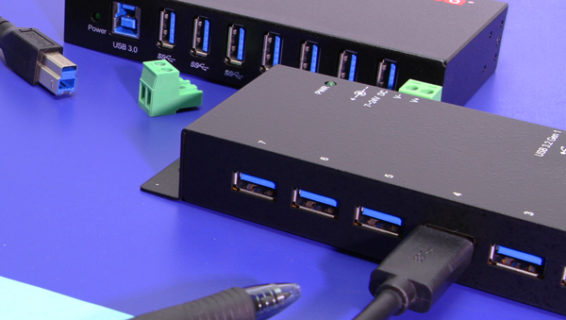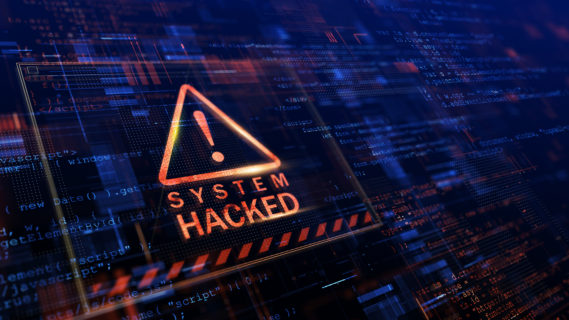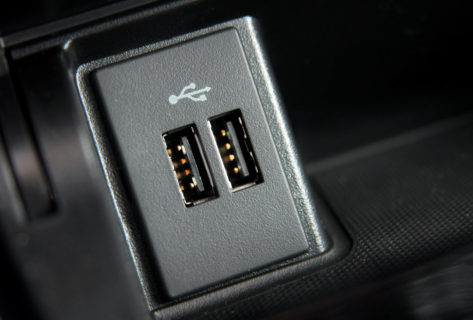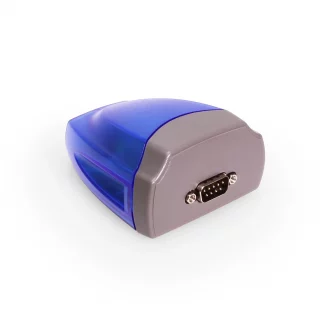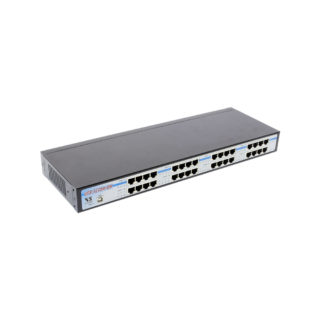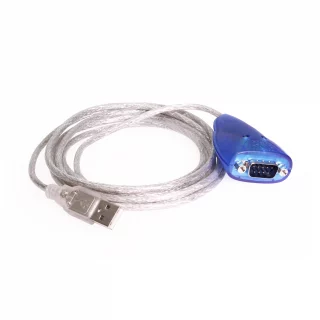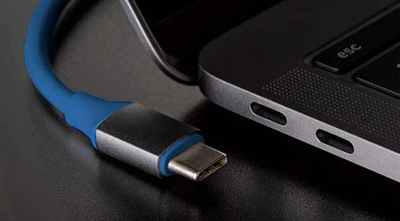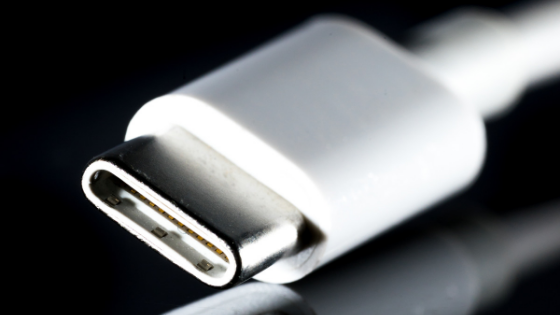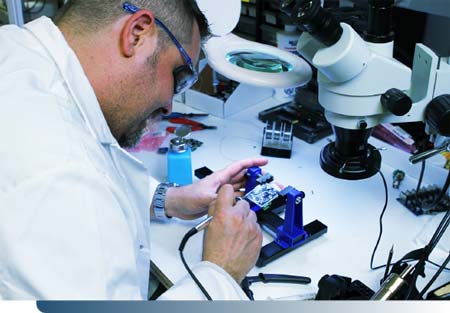As electronic devices began to seep into everyday life more and more last century, such as printers, laptops, computers, and various industrial devices and measurement tools especially, it became necessary to have a communication standard in common, allowing devices to communicate across platforms and industries with ease and reliability. Researches settled upon a standard that would carry out digital communications and data exchange between these newly proliferating electronics that were flooding into industry and life.
It was adopted and introduced in 1969 by The Electronics Industry Association as means of increasing compatibility and standardization via reliable communications across industries. The Electronics Industry Association, along with the Telecommunication Industry Association, have maintained the standard and many products in the market over the years, all of this in spite of what some have come to believe about the communications standard: Serial RS232 (and its later iterations RS422 and RS485) is outdated and no longer relevant, incapable of keeping up with technology today and ineffectual overall.
Yet, serial ports and serial communications are still integral to many industries. Particularly RS232, which may be the most enduring of all the serial communication standards, though, RS485 and RS422 are still somewhat more common in industrial settings as they were specifically designed to operate in such settings and so overtook their older predecessor in the 90s.
A New Era in Communication
By creating a more reliable way of exchanging data over analog channels, with voltage levels that made RS232 more immune to noise issues and disturbances, as well as generally more reliable as it reduced data exchange errors, the adoption of this standard spurred the integration of industrial and personal electronics onward. It played an important role in making these new devices more reliable and secure, and therefore more practical and useful across a variety of implementations and industries. It was a new era in connectivity and industry and RS232 played a crucial, if not underrecognized role.
The Electronics Industry Association and the Telecommunication Industry Association have well-defined the standards for serial data transfer, and the RS232 port has become somewhat synonymous with these organizations. RS232 is still sometimes referred to as the “EIA/TIA-232” standard and port. The Electronics Industry Association continues to maintain and hold up the serial communication standard though there have been no major updates in decades. Other serial ports they have introduced include a superset of RS232 that is known as RS232C. RS232C was the third version of RS232 introduced by The Electronics Industry Association.
All versions include RS232A, RS232B, and RS-232C. Mostly, these different versions adjusted the acceptable voltage that it took to operate the communication, slowly lowering it to become more efficient, from 25 V to 12 V to 5 V. There is essentially no difference in the protocol, and RS232 and RS232C are essentially synonyms when used today.
How RS232 Works
There are two types of communication of data.
- Differential:
- RS485
- Single-Ended:
- RS232
Single-ended data is how RS232 communicates. Single-ended communication refers to communication between two gadgets or equipment. Most commonly these would be DTE or Data Terminal Equipment, and DCE, or Data Circuit-Terminal Equipment. The primary distinction between the two is in their pin assignments: DTE is typically something like a PC and DCE is usually something like a dial-up modem and the two will be connected by an RS232 connection.
This RS232 connection is a wired connection, also called a straight-through  . The RS232 serial port implements fully duplex and independent channels, whereas other serial communication standards may use only one. Therefore, RS232 can send and receive data at the same time. The three wires the cable uses to do this include a sending wire, receiving wire, and an earth-grounding wire, speeding up the communication of the RS232 data via the nine-pin connector.
Speed
RS232 is much slower at data communication than what most of us are used to or would expect today. RS232 (and RS485) ports transmit data one bit at a time via an asynchronous system. This was one of the major innovations in USB, that led to it replacing RS232 as the primary communications standard today. USB is also, however, much more complicated as a technology.
But RS232 is still around and very useful – partially because it was relatively simple to maintain the standard, and partially because there is no need to spend the money on updating to USB in many settings, especially in some industrial applications. But RS232 is also still relevant because it’s perfectly compatible with today’s technologies if the proper serial adapter is implemented, and therefore able to serve it purpose still. Its longevity is impressive and if there is no need to update your industrial application of USB232, the specialists at Coolgear can lead you to the right RS232 to USB serial converter.



